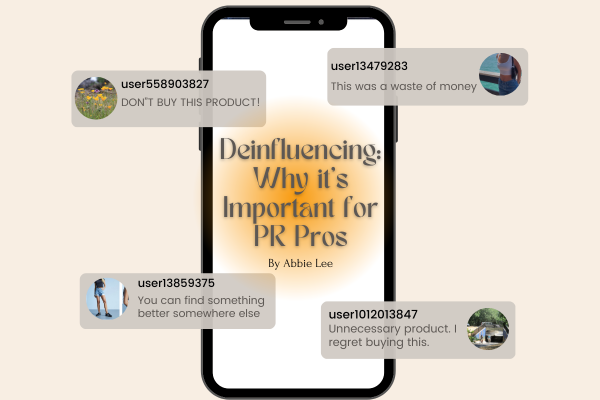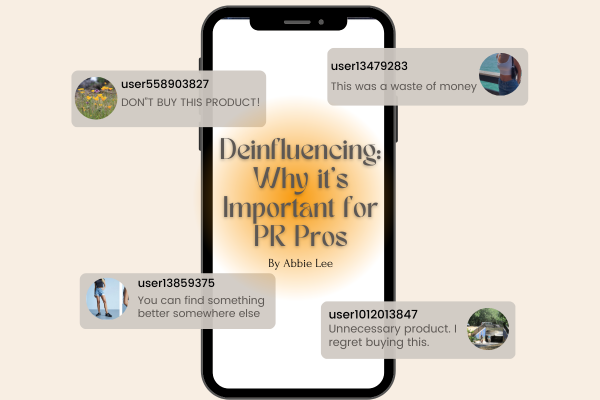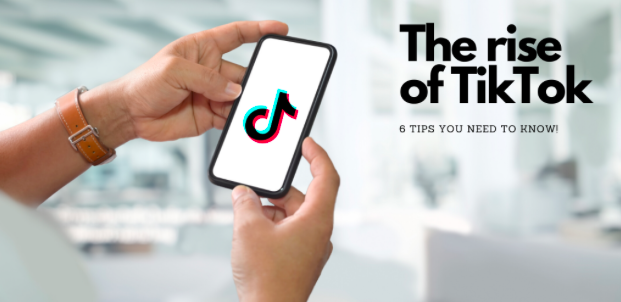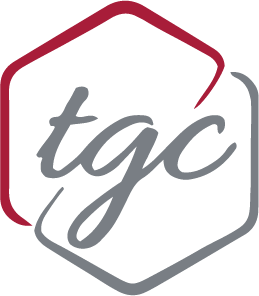Tag: tiktok
-

De-Influencing: Why it’s important for PR pros
By: Abbie Lee We all know the world of influencers and the ascendancy they have on society, especially with the help of social media apps like TikTok and Instagram where content is spread at a rapidly fast rate. Unfortunately, that comes with content creators getting paid big bucks to advertise a product that may be…
-

De-Influencing: Why it’s important for PR pros
We all know the world of influencers and the ascendancy they have on society, especially with the help of social media apps like TikTok and Instagram where content is spread at a rapidly fast rate. Unfortunately, that comes with content creators getting paid big bucks to advertise a product that may be no good. Remember…
-

The Rise of TikTok
Photo by Canva, logo by TikTok By: Tiana Pena With more and more individuals being forced to quarantine at home. Tiktok has started to rise it’s numbers of downloads and engagements in the past 3 months! As a PR specialist it’s important to keep up with these new apps that are being developed. It is…
